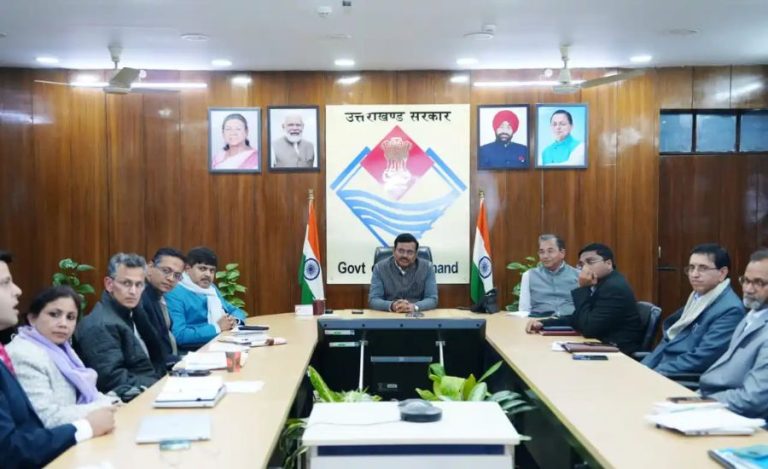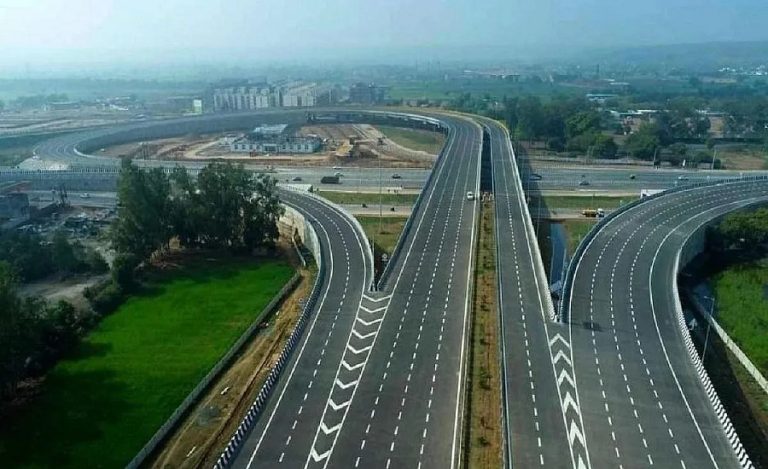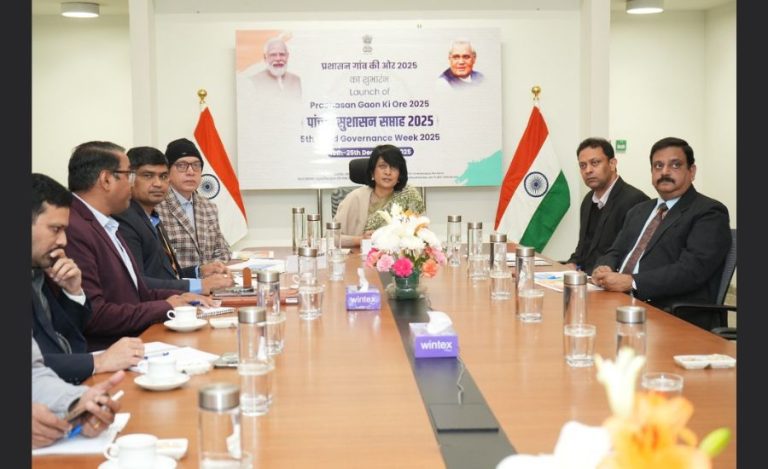New Delhi: In a strategic move that further deepens Indo-Korean defence cooperation, HD Hyundai Heavy Industries (HHI) has officially entered the race to build amphibious warships for the Indian Navy.
On 11 November 2025, the company signed a Memorandum of Understanding (MoU) with Cochin Shipyard Limited (CSL) to jointly participate in the Landing Platform Dock (LPD) programme, estimated at a massive 1470 Dollar or ₹1,30,000 crore.
This development marks a defining moment for India’s naval modernisation and high-end indigenous ship-building ambitions.
Background of Landing Platform Dock Project
India has long aimed to expand its blue-water navy capabilities and strengthen amphibious operations.
Under the Tri‑Service Perspective Capability Roadmap 2025 (TPCR 2025), India set out several ship-acquisition goals including amphibious vessels.
In recent years, the LPD procurement initiative — for large landing platform docks capable of deploying troops, vehicles, helicopters and landing craft — has been cleared for acquisition.
HHI’s global credentials in naval shipbuilding, in tandem with CSL’s domestic infrastructure, now place them as a formidable contender.
Importance of Landing Platform Dock Project
Massive Scale & Strategic Value: With a valuation around ₹1,30,000 crore (~US$11–12 billion at prevailing rates), the programme is one of India’s largest amphibious ship acquisition efforts.
Boost to Indigenous Manufacturing: The MoU reinforces India’s “Make in India” and indigenous defence manufacturer drive, leveraging CSL’s ship-yard and HHI’s design expertise.
Amphibious & Regional Reach: The new LPDs will significantly enhance the Indian Navy’s ability to conduct expeditionary, amphibious, humanitarian assistance and disaster relief (HADR) missions in the Indian Ocean Region (IOR).
Technology Transfer & Capacity Building: Through HHI’s expertise in naval vessels (notably for the Philippines, Peru), India gains access to advanced ship design, engineering and technology transfer.
Major Challenges
Execution Complexity: Designing and constructing large LPDs (each reportedly around 29,000-ton displacement) is complex and requires high standards of integration, systems engineering and timely delivery.
Indigenisation vs Imported Elements: Striking the right balance between local content and foreign design/technology remains a major challenge for Indian ship-building programmes.
Financial & Timeline Risks: Cost overruns, schedule delays and supply-chain issues can escalate large defence ship-building projects.
Defence Procurement Bottlenecks: Historically, Indian naval procurement and build programmes have faced delays due to policy, tendering, design freeze and industrial readiness issues.
Major Implications of Landing Platform Dock Project
For India: Successfully executing this LPD programme would signal a leap in India’s naval capabilities and ship-building industrial base. It would also delay reliance on foreign platforms and contribute to self-reliance.
For HHI / Korea: HHI’s participation opens the Indian defence ship-building market for Korean expertise and could cement a long-term bilateral industrial partnership.
Geopolitical Impact: With the Indo-Pacific becoming a key theatre, enhanced Indian amphibious capability and ship-building collaboration strengthen India’s maritime posture vis-à-vis the region.
Industry Impact: The project could catalyse a wave of contracts for domestic shipyards, suppliers and ancillary industries in India, boosting employment and industrial growth in the defence sector.
Way Forward
Formal Contract Award: The next step will be the tendering and contract award for the four LPDs. Monitoring whether CSL-HHI wins or how other Indian shipyards bid will be crucial.
Technology Transfer Operationalisation: Ensuring the MoU translates into concrete design transfers, localisation of components, joint project management and training.
Build-Programme Timelines: Indian ship-yards will need to ensure delivery timelines, build quality and cost-control to meet operational requirements.
Integration into Fleet: Once built, the LPDs will need to be inducted into Indian Navy command structures, amphib-troops integration, helicopter assets and well-deck operations.
Scaling Up Indian Defence Ship-building: This project could set a benchmark for future large ship orders—India should leverage it to build a more robust domestic ship-building ecosystem.
Read Also: Cochin Shipyard Limited Partners with Svitzer to Build Next-Generation Electric Tugboats in India




























